The Enigma of Fulya: Istanbul's strangest neighborhood
Fulya is located in the heart of Istanbul, just below some of the city's most bustling neighborhoods. Yet its impossibly steep hills and bizarre urban fabric make Fulya a total conundrum.
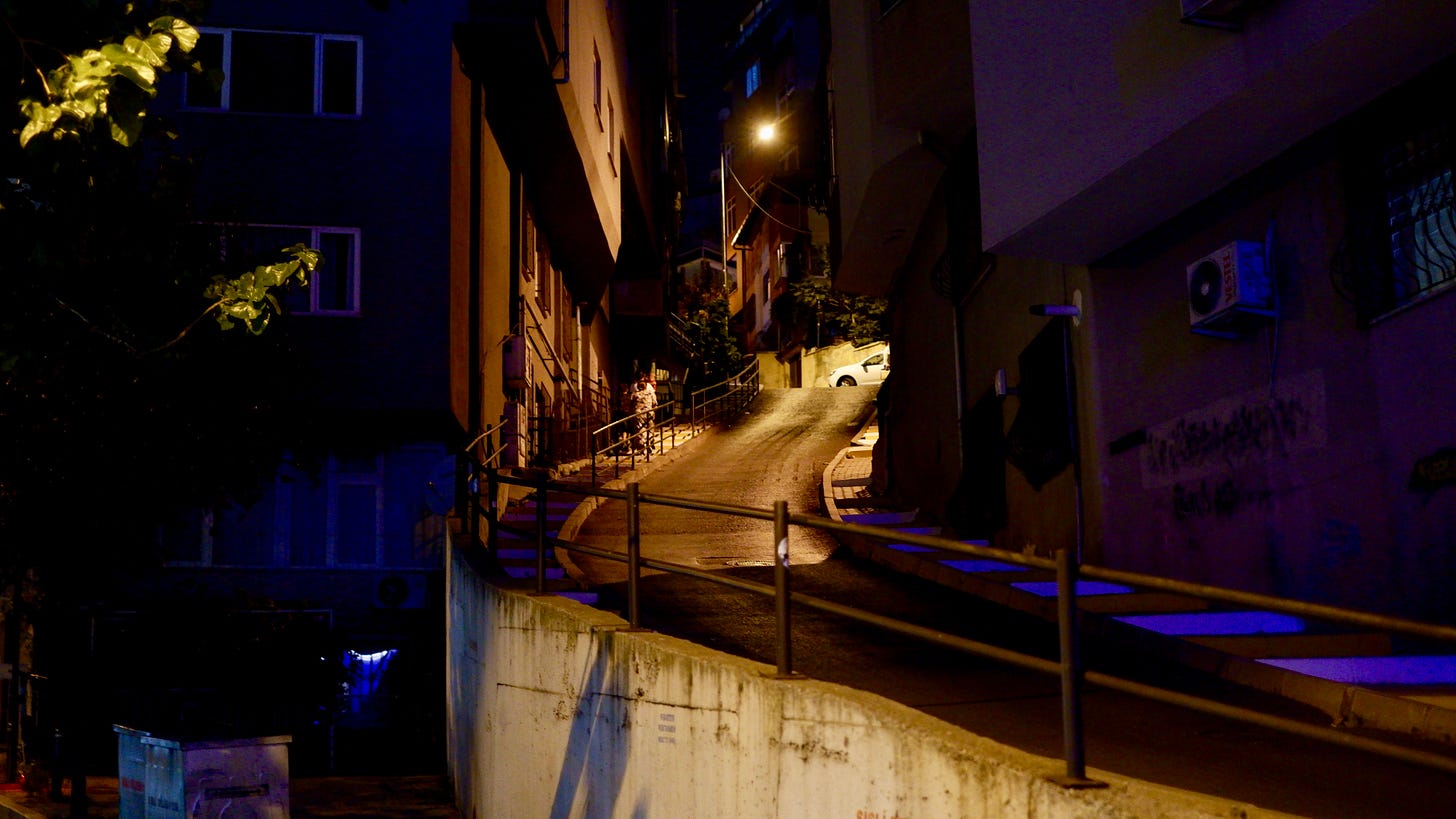
Istanbul can be polarizing, but that’s why I love it. At times, the city is extremely crowded, loud and chaotic, but it can be equally calm and serene, surrounded by seas and split by a beautiful strait with sparkling water that changes color with the weather, and scenic ferry rides that make one forget their troubles, for 25 minutes at least. Istanbul can be completely dysfunctional and frustrating to navigate, while at other times problems just seem to solve themselves, slightly aided by creative solutions and tactics that involve skirting official regulations.
There are lots of baffling aspects to Istanbul and innumerable strange places, but the centrally-located neighborhood of Fulya might be the weirdest of them all. Decades ago this dense urban quarter was a bucolic valley with a river bed, but Istanbul’s rapid expansion and uncontrolled development transformed the area into an urban jungle, which is close in proximity to many of the city’s most central and busy areas, yet separated from these neighborhoods by a series of absurdly steep and long hills.
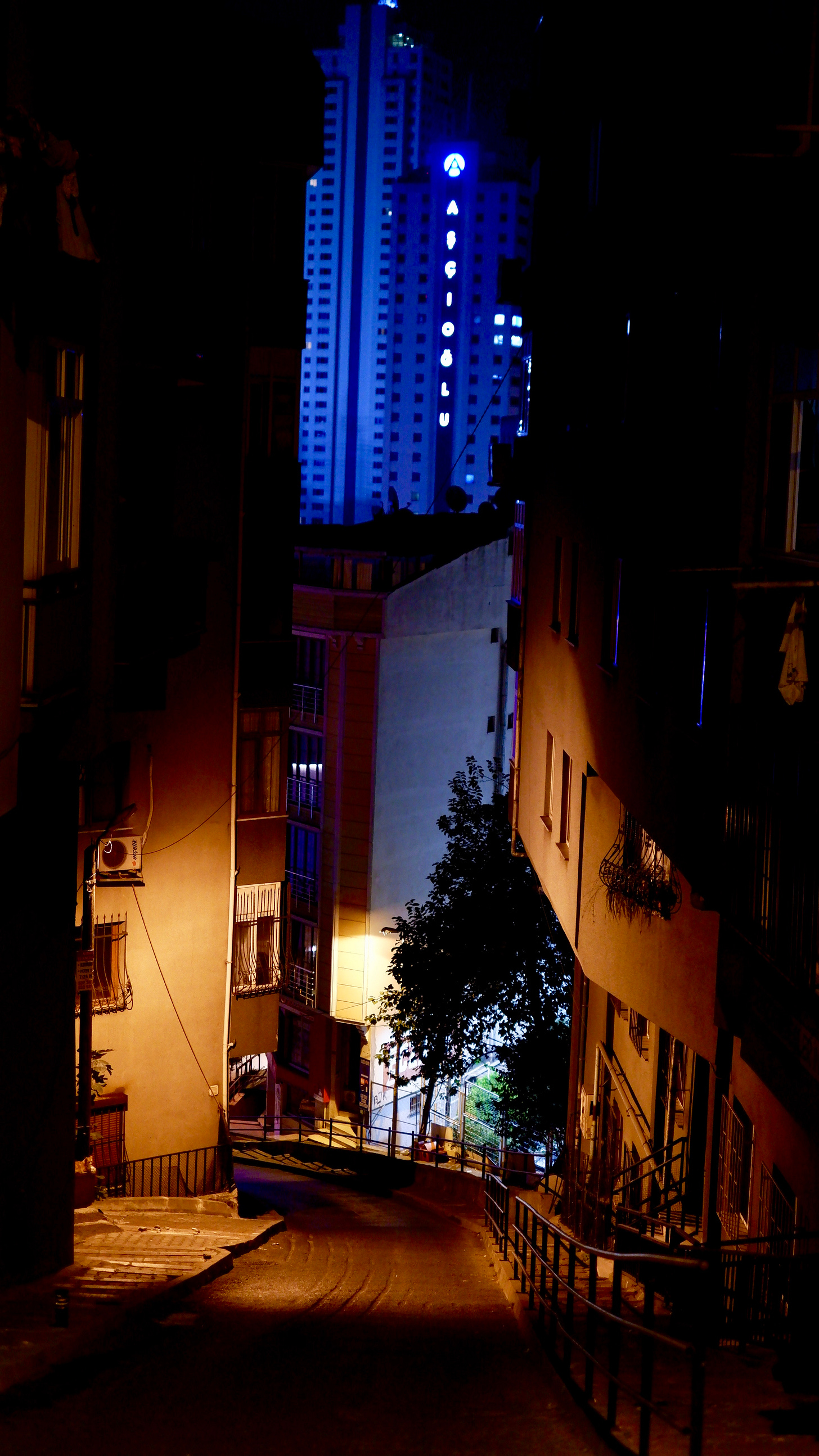
Nestled beneath those infamous hills (known as yokuş or bayır in Turkish, which refer to steep slopes. The former is used more commonly in an urban context, while the latter has more of a rural connotation. However, a number of Fulya’s ultra-steep streets include bayır in their official names, perhaps a trace of its once-rural status) is a hodgepodge of high-rise buildings, hotels, hospitals, clinics, modest apartments, liquor stores and 24-hour restaurants. This all struck me as particularly bewildering during a walk through the area earlier this year, prompting a tweet that got nearly 3000 likes:
“If you ask me, the weirdest place in Istanbul is Fulya. Extremely steep hills, nonexistent urban planning, out of place hotels and skyscrapers, the last few slum buildings that have been squeezed between everything, and ‘restaurants’ from which you can order delivery from but lack actual locations. Also, all of a sudden you find yourself in Nişantaşı, wow!” I wrote.
There were lots of fun and interesting responses to the tweet: “It’s a place in the heart of the city where you can live at the end of nowhere. It’s close to everything but nothing is easy to reach,” one person replied.
Many people complained about the lack of public transit (there is one bus line that passes through the neighborhood infrequently), the relentless hills and the refusal of taxi drivers to take you there. Others waxed poetically of its formerly pastoral character:
“It was a calm and beautiful valley where a fairy-tale-esque stream would run alongside hackberry trees, mulberry trees, Albanian-run market gardens, and where once upon a time wolves would even come down in the winter. On the lush green slopes, we used to slurp the nectar from dead nettles and collect chicory,” wrote another person. (They used the word bayır for slopes, suggesting that my theory about the street names might be true)
Others recall a more sinister place, owing in no small part to the inane inclines, resulting in a truly difficult and unparalleled urban melange, an Istanbul-based lawyer told me:
“Its structure is so peculiar to the point that there are many unsolved murders and crimes in the area. I’ve never heard of an instance where three murders occurred on the same street on different dates and where the murderer was never found, but that has happened here,” he explained.
The lawyer told me about a case that he had worked on that remained unsolved for 22 years. He said that it took him an hour to understand where the scene of the crime was, because it was a building built on such a steep slope so that one entrance was at -2 (two floors below the ground floor) and the other coincided with the third floor.
“The witness explained ‘When the murderer entered the building they climbed five flights of stairs, then jumped out the window and escaped.’ Until I went to the scene of the crime I thought that the witness’s statement was wrong, because you can’t jump out of a building from the fifth floor. However on the rear side, there was a sort of bridge between another apartment. Which means that buildings evidently need to be connected by bridges here, that’s how ridiculous the slopes are. Did you really have to build a home there?” he chortled.
Grisly crimes aside, a general lack of awareness exists regarding where Fulya actually is, or isn’t. This prompted an Ekşi Şözlük user to describe the specific borders of the neighborhood. Fulya technically extends to areas up the hill that are generally described as Şişli or Mecidiyeköy, while it continues down to neighborhoods that would technically considered Dikilitaş. However, people living in those areas wouldn’t consider them to be Fulya. The borders of Fulya are genuinely odd, you start in a place that resembles urban chaos and end up in Nişantaşı, one of Istanbul’s wealthiest neighborhoods, or Dikilitaş, an upmarket area of Beşiktaş, or the dead center of Şisli after a grueling 10-15 minute walk up a variety of steep slopes.
A few days ago, there was a desperately welcome breeze during an otherwise scorching Istanbul night, but the humidity was relentless and sliced through the wind like a knife. I walked from the beginning of Fulya Bayırı up towards Şişli, and when the ground finally became flat after a searing 45 degree incline I found relief, despite being left totally out of breath and covered in glistening sweat from head to toe. Avoiding the Cevahir Mall, I aimed for the adjacent metro station, one stop away from where I live. I boarded it back home, with the confusing yet appealing mysteriousness of Fulya lingering in my mind.
All photos by the author.




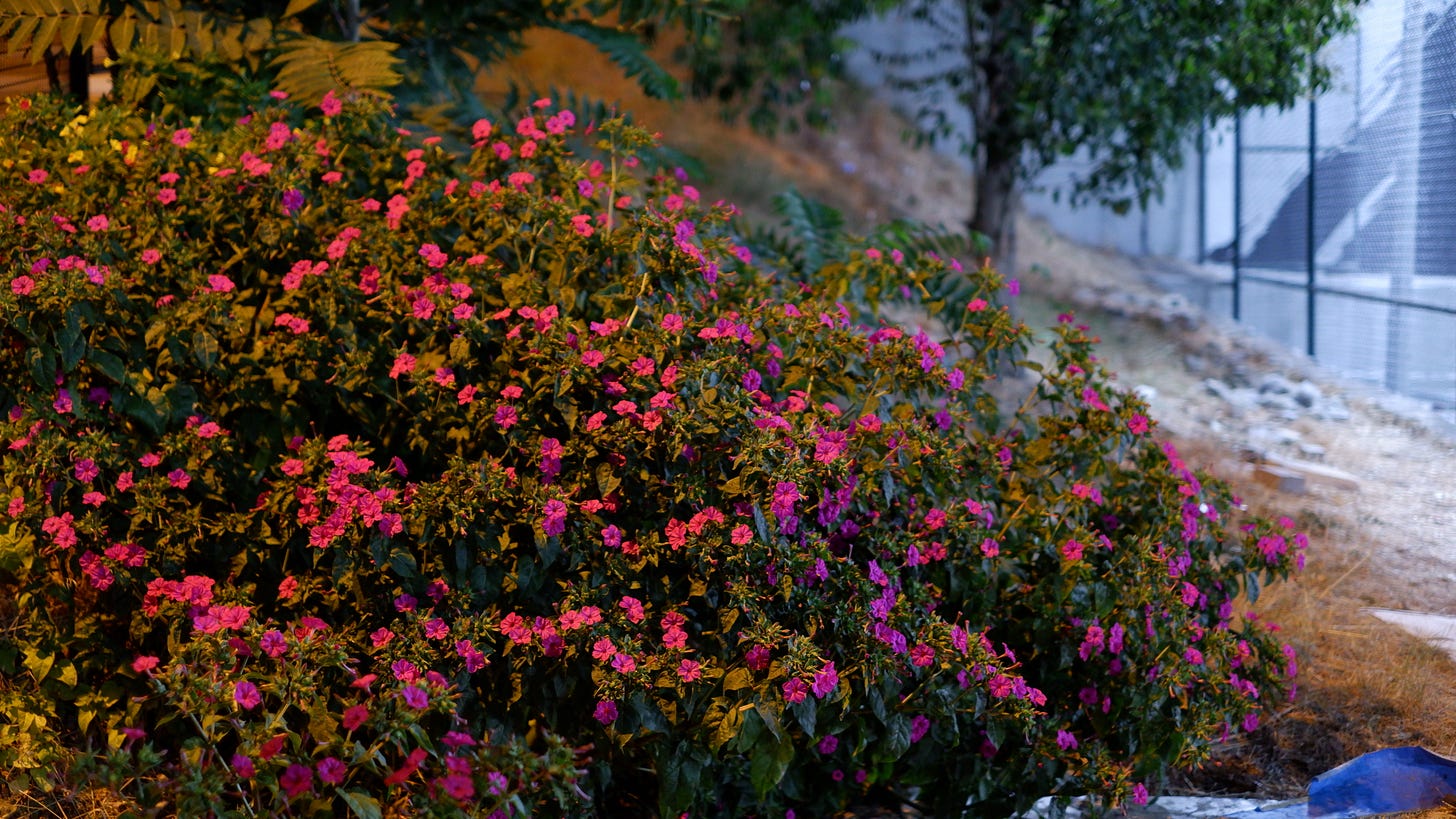
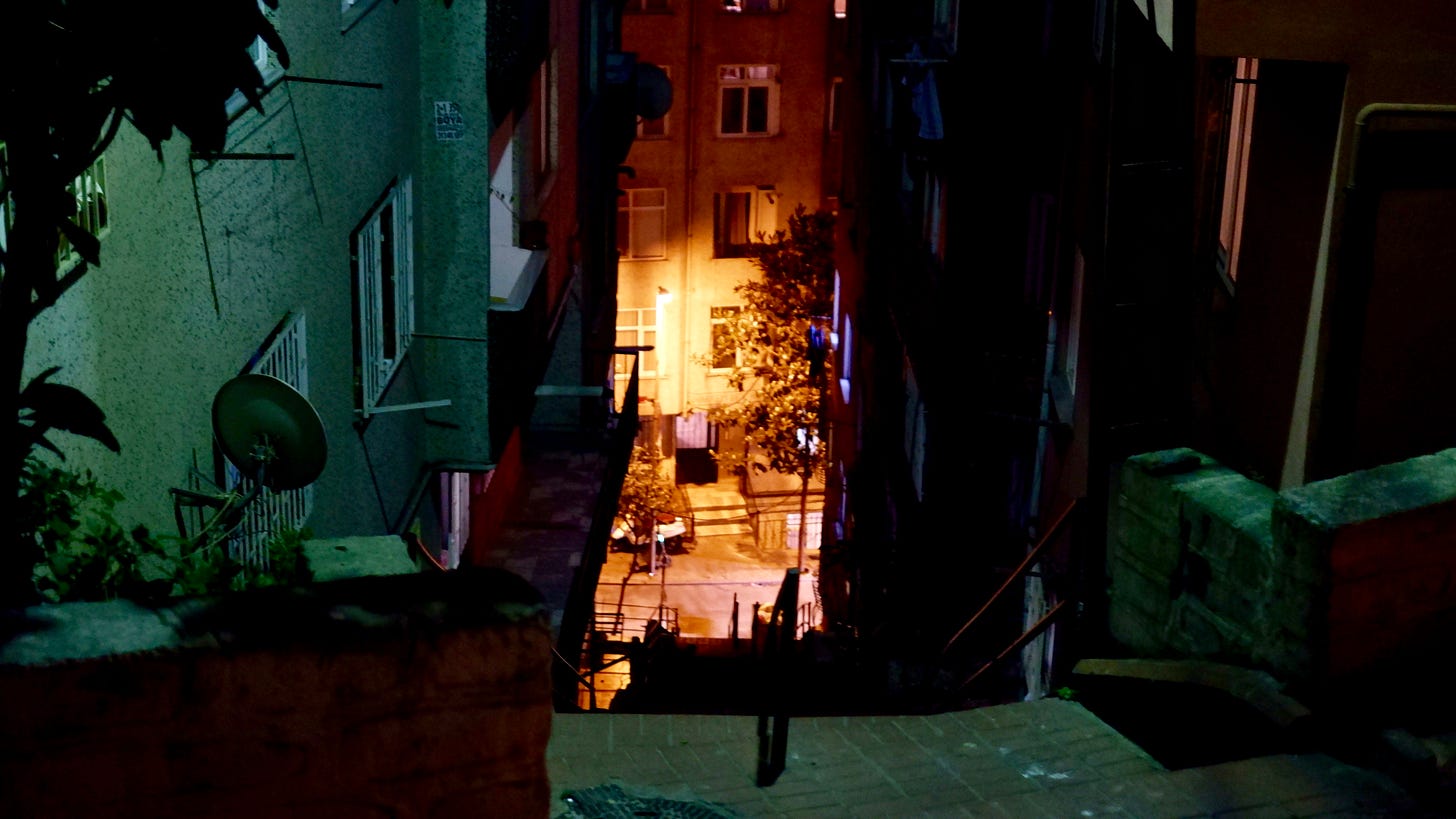
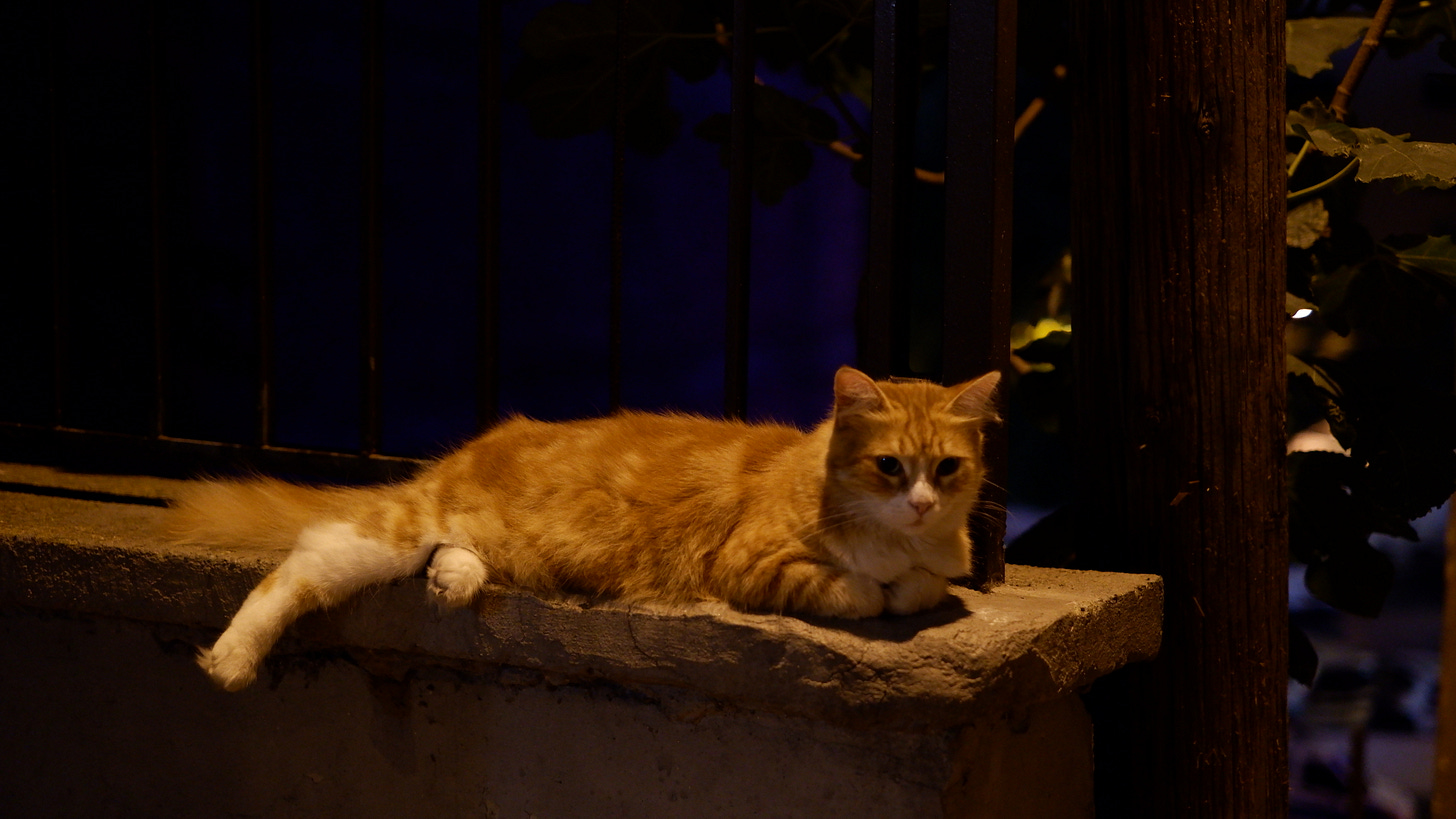
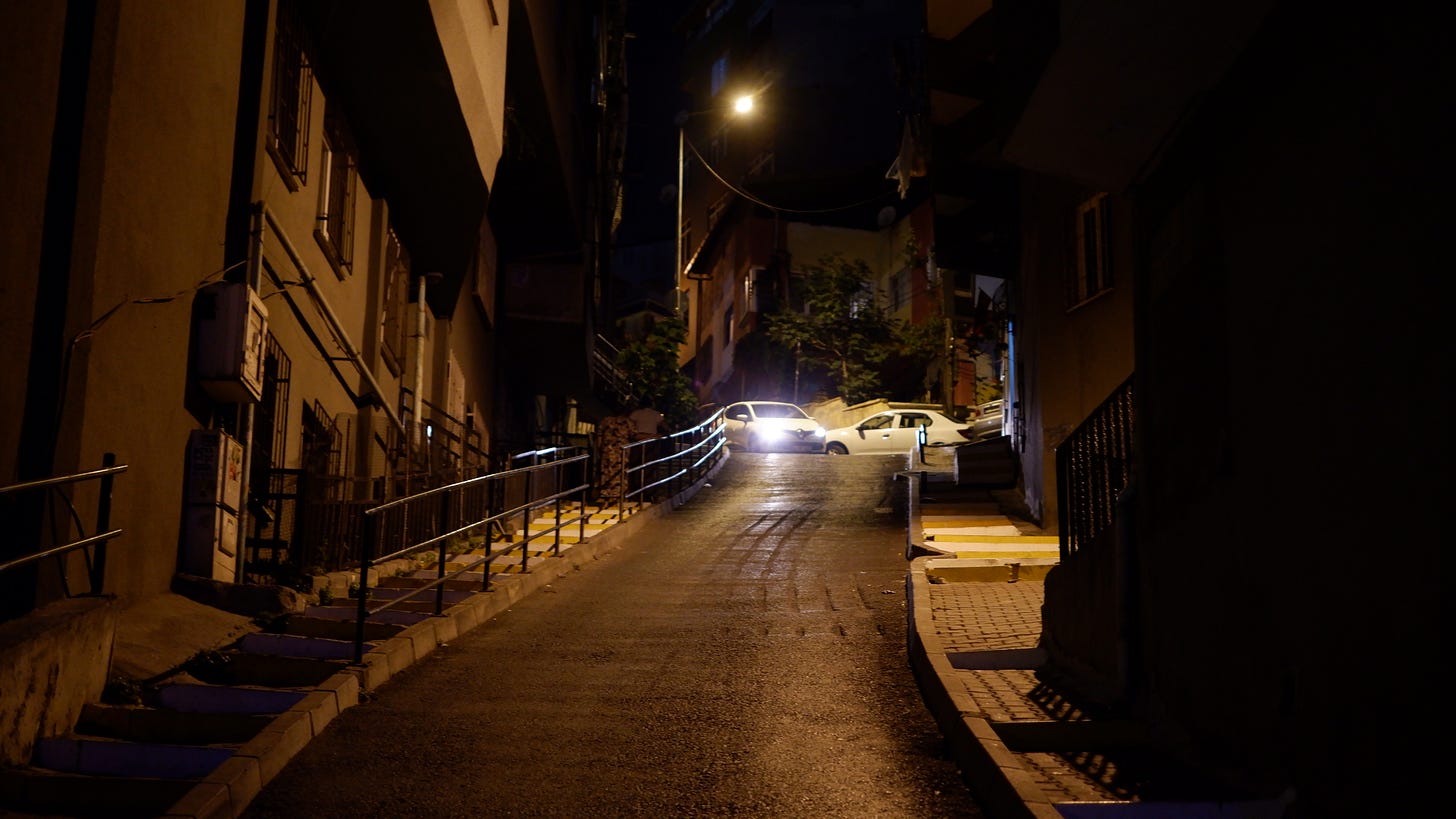
It's an inconceivable mystery. Beautifully written.
I loved this article. Said neighborhood with all its hills, slopes and interconnecting bridges would make for the setting of a great mystery/murder series. Good photography!